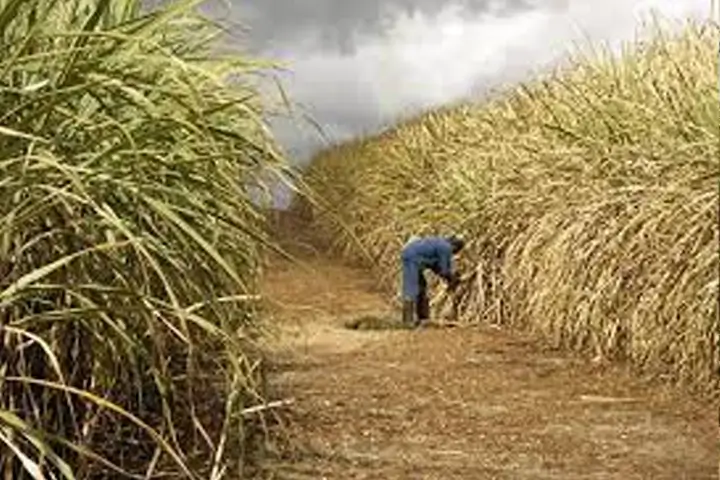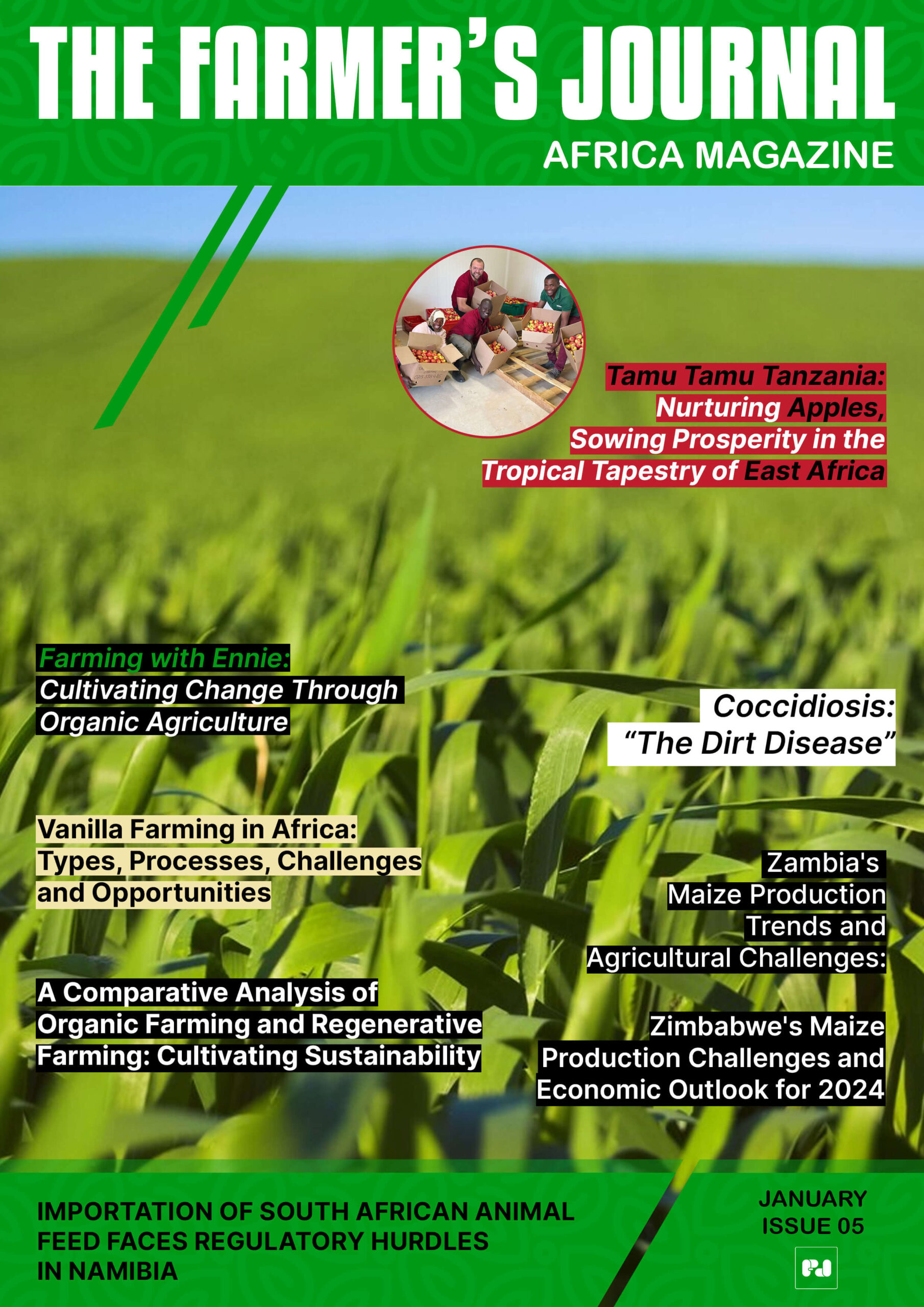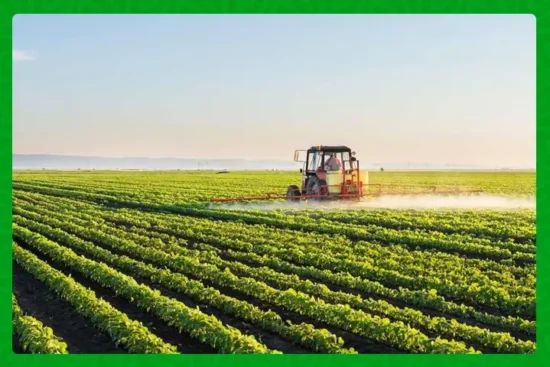
Kenyan sugarcane farmers can finally breathe a sigh of relief. In a move set to brighten the future of Kenya’s sugar industry, the Interim Sugarcane Pricing Committee has raised the minimum price per tonne from Kes 5,000 (US$38.65) to Kes 5,300 (US$40.97). This significant boost, effective from February 10, 2025, promises to revitalize the lives of countless hardworking farmers and reinvigorate a sector long in need of support.
A Promising Decision for the Heart of Kenya’s Agriculture
On February 7, 2025, under the guidance of Agriculture Cabinet Secretary Mutahi Kagwe, the committee gathered to address the pressing needs of the sugarcane community. The decision, confirmed by Agriculture Principal Secretary Paul Rono, ensures that millers will adhere to the new pricing and make timely payments to farmers. As PS Kiprono officially announced, the upward adjustment is not merely a number—it’s a lifeline for those who cultivate Kenya’s vibrant sugarcane fields.
Farmers at the Forefront of Change
For years, sugarcane farmers have toiled under challenging conditions, often feeling the pinch of low earnings. The recent increase is a welcome acknowledgment of their relentless efforts. Previously, in August 2024, the price was adjusted from Kes 4,950 to Kes 5,000 following protests over unsustainable income levels. Today’s decision builds on that momentum, sending a clear message: the government is committed to restoring fairness and prosperity to the sugarcane sector.
This isn’t just about numbers; it’s about the dignity and livelihoods of farmers who play a pivotal role in Kenya’s agricultural tapestry. With the new minimum price in place, these farmers can look forward to more stable incomes, allowing them to reinvest in their farms and secure a brighter future for their families.
A Broader Vision for a Resilient Sugar Sector
This price hike is just one piece of a larger puzzle aimed at transforming Kenya’s sugar industry. Recent initiatives, such as the bonus payouts to sugarcane farmers in Mumias—the first-ever annual bonus under President William Ruto’s new program—highlight a government focused on elevating the sugarcane sub-sector to levels comparable with tea and coffee.
Furthermore, ambitious plans are underway to expand sugarcane farming beyond its traditional stronghold in Western Kenya. The establishment of a centralized farmer database, bolstered by Geographic Information System (GIS) mapping, will streamline smart contracting and ensure that sugarcane fields are efficiently linked to designated mills.
In addition, the National Treasury has allocated Kes 600 million to the Kenya Sugar Research and Training Institute (KESRETI) for the development of high-quality sugarcane varieties. Alongside this, efforts to revitalize five state-owned sugar companies—by writing off Kes 67 billion (US$518.4 million) in debts and clearing outstanding farmer payments—further illustrate a comprehensive strategy to restore confidence and boost production in the sector.
A Brighter Future on the Horizon
For the many Kenyan sugarcane farmers who have long faced uncertainty, this decision is more than just a monetary adjustment—it’s a symbol of renewed hope and governmental commitment. By raising the minimum price to US$40.97, the government is not only easing financial strain but also investing in the future of a sector that is the backbone of Kenya’s rural economy.
As these measures take effect, farmers can finally look forward to a more stable and prosperous market. With support from both government initiatives and industry reforms, the sugar sector is poised for a revitalization that will benefit farmers, millers, and consumers alike. This is a pivotal moment in Kenya’s agricultural journey—one that celebrates the resilience and dedication of its farmers while laying the groundwork for sustainable growth.
Stay updated with the latest farming tips and agriculture industry news from Africa by subscribing to our newsletter. Don’t miss out on valuable insights and updates. Follow us on Twitter, LinkedIn, and Facebook to join our farming community and stay connected with us.


















